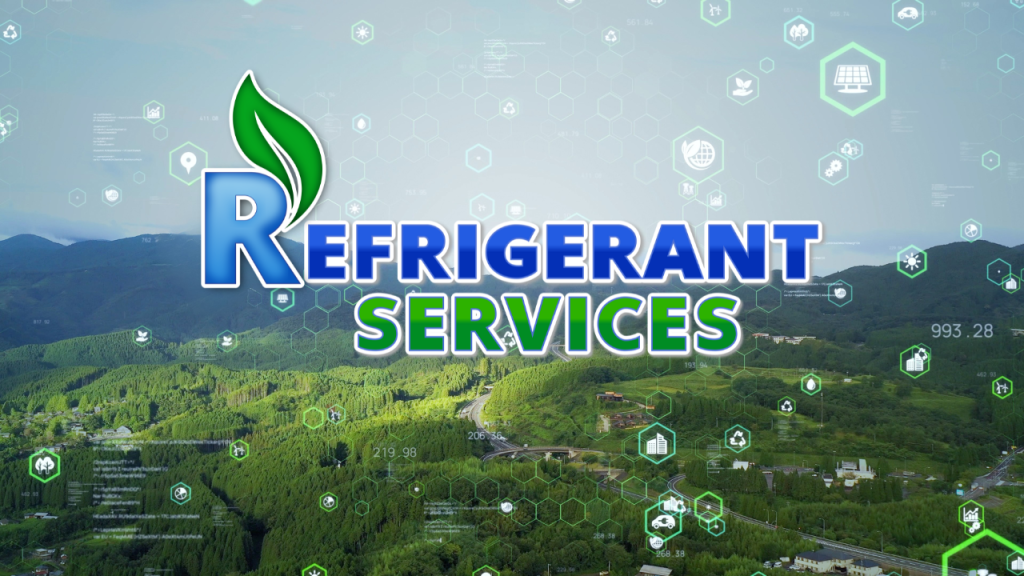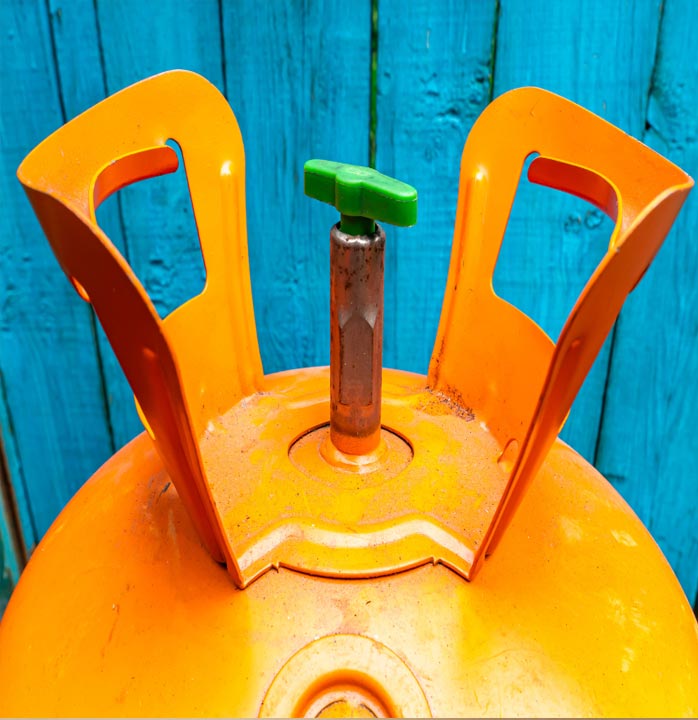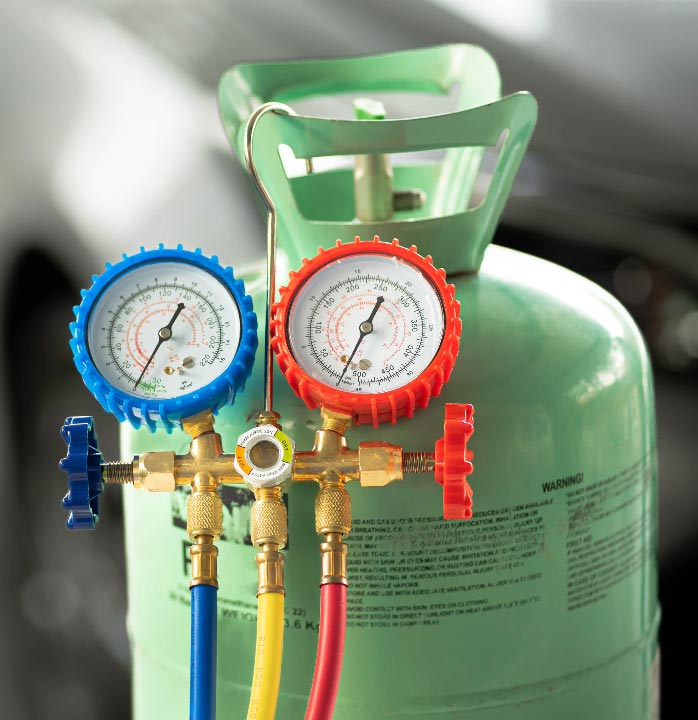If you’ve ever dealt with an older air conditioning unit or refrigerator, chances are you’ve come across R-12 refrigerant—also commonly referred to as Freon-12. While once a go-to solution in cooling systems, R-12 is now largely banned due to its devastating environmental impact.
In this post, we’ll break down what R-12 is, why it’s no longer used in modern systems, and what to do if you still have equipment that contains it.
🧪 What Is R-12?
R-12 (Dichlorodifluoromethane) is a type of CFC (chlorofluorocarbon) refrigerant. It was widely used in:
- Automobile air conditioning systems (pre-1994)
- Household refrigerators and freezers
- Some commercial and industrial cooling equipment
Marketed under the Freon brand by DuPont, R-12 was prized for its cooling performance and chemical stability. However, these same qualities became a liability once it was discovered how harmful CFCs are to the environment.
🌍 The Environmental Impact of R-12
The real problem with R-12 is what happens when it’s released into the atmosphere.
🚫 Ozone Layer Depletion
CFCs like R-12 rise into the upper atmosphere, where UV radiation breaks them down, releasing chlorine atoms. These chlorine atoms destroy ozone molecules, thinning the ozone layer that protects life on Earth from harmful ultraviolet rays.
🌡️ Global Warming
R-12 also has an extremely high Global Warming Potential (GWP)—over 10,000 times more potent than CO₂ over a 100-year period.
Because of these dangers, R-12 has been phased out under the Montreal Protocol, a global environmental treaty adopted in 1987.
⚖️ Legal Status of R-12
In the United States and many other countries:
- New production and import of R-12 is banned
- It is illegal to vent R-12 into the atmosphere
- Only certified technicians may recover or service systems containing R-12
- Recovered R-12 can only be reused or reclaimed—not manufactured
If your equipment still runs on R-12, it’s likely decades old and should be replaced or retrofitted.
♻️ How to Handle R-12 Refrigerant Responsibly
If you encounter R-12, do not attempt to dispose of it yourself. Here’s what you should do:
✔️ 1. Contact a Certified Technician
They can recover the R-12 using EPA-approved methods and tools. It is a legal requirement in many countries.
♻️ 2. Recycle or Reclaim
Recovered R-12 may be sent to a certified reclamation facility, where it is cleaned and purified for limited reuse.
🚛 3. Replace or Retrofit
If your equipment still uses R-12, consider:
- Replacing it with a new unit using modern, ozone-safe refrigerants
- Retrofitting the system to use an alternative like R-134a, where possible
🧯 Why You Should Care
Even a small leak of R-12 can have a huge impact on the environment. Properly recovering and recycling old refrigerants is not just good practice—it’s essential for:
- 🌱 Protecting the ozone layer
- 🌡️ Reducing climate change
- ⚖️ Staying compliant with the law
Final Thoughts
R-12 refrigerant was a milestone in cooling technology—but it’s a relic of the past. Today, we know better, and that means acting responsibly when we encounter it. Whether you’re a homeowner with an old fridge or a technician working on vintage AC units, it’s critical to handle R-12 with care.
By properly recycling or disposing of R-12, you’re not just following the rules—you’re helping to heal the planet.
Refrigerant Services LLC
54000 Grand River Ave
New Hudson, MI 48165
#844-PURE-CFC (787-3232)





